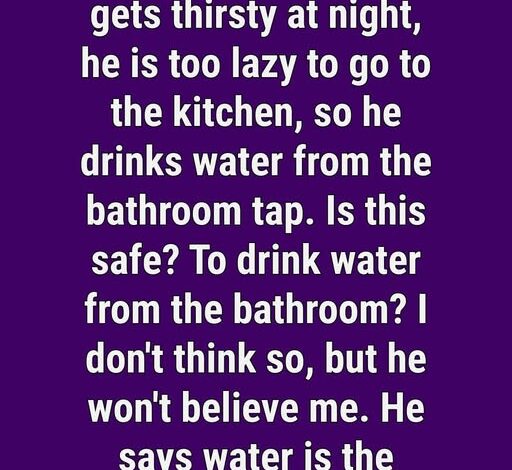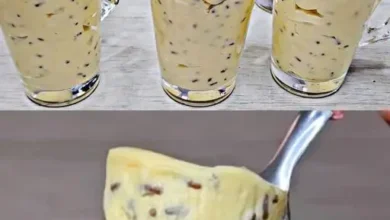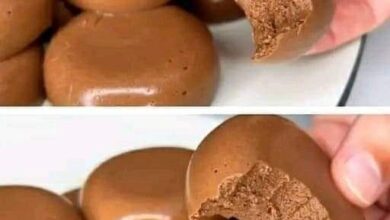
Is Bathroom Tap Water Actually Safe to Drink?
You’ve probably done it before — paused mid–tooth brushing or after a long night, looked at the bathroom faucet, and thought: “Can I actually drink this water?” It seems like a harmless question, but the truth behind it isn’t as straightforward as you might think.
The Short Answer
In most modern homes, yes — drinking bathroom tap water is generally safe. It comes from the same source as your kitchen sink, treated and filtered by your local water supplier. But the full story depends on one crucial factor: your plumbing.
Where the Water Comes From
In houses built or renovated within the last few decades, every tap—bathroom, kitchen, and laundry—receives water from the same municipal supply. That means the water flowing from your bathroom faucet is just as clean as what comes out of the kitchen tap. Before it ever reaches your pipes, city water undergoes multiple stages of purification, including filtration, chemical treatment, and testing for contaminants.
So if your plumbing is up to modern standards, you’re likely safe to sip straight from the bathroom tap.
When Age Becomes a Problem
But if your home was built before 1986, the answer gets murkier. That’s the year the U.S. government finally banned the use of lead pipes, lead solder, and certain copper materials in plumbing systems. In older houses that haven’t been updated, those metals can corrode and leach into the water supply. Over time, that contamination can lead to health risks, especially for children and pregnant women.
Lead exposure, even in small amounts, can harm brain development and cause serious long-term effects. If your home predates those regulations, you should have your water tested — especially if you notice metallic or bitter tastes, or if you’ve never had your pipes inspected. Testing kits are inexpensive, and local water authorities often offer them for free.
Taste, Odor, and the “Bathroom Water” Factor
Even in newer homes, the water from a bathroom tap can taste different from what you get in the kitchen. That’s not because it’s dirty, but because of stagnation. Bathroom faucets tend to be used less frequently than kitchen ones, so water sits in the pipes longer. That can create a slightly metallic or “stale” flavor — think old penny meets garden hose.
Fortunately, it’s an easy fix: let the faucet run for 20–30 seconds before filling your glass. That flushes out the stagnant water and brings in fresh, oxygenated flow straight from the main line.
Filtering Differences Matter
Many households use water filters, but not all systems treat every tap. Whole-house filtration systems purify water everywhere — bathrooms included. However, under-sink filters or those built into refrigerators usually only cover one specific outlet, typically the kitchen sink.
If you’re unsure whether your bathroom tap benefits from filtration, check your system or test the water directly. Home testing kits can detect chlorine, lead, bacteria, nitrates, and other common contaminants in minutes.
The bottom line: filtration systems aren’t universal, so don’t assume that all taps are equally clean unless you know for sure.
Let’s Clear Up a Big Myth
A surprising number of people think bathroom water might be “toilet water.” It’s not. Toilets and sinks pull from the same clean supply. The water that fills your toilet tank is identical to the water coming from your faucet.
Unless your home plumbing was designed by a complete maniac (or you live in a region with questionable infrastructure), you’re not sipping from the same water that’s flushing waste. That’s an urban myth that refuses to die.
Clean Sink, Clean Sip
Even if the water itself is safe, the sink can be the real issue. Bathroom sinks collect all kinds of grime — toothpaste residue, soap scum, shaving cream, hair, and bacteria from splashes. If you drink directly from the faucet, you’re not just hydrating — you’re sampling whatever’s been sitting on the spout.
The easy solution? Wipe down your faucet regularly and use a clean cup if you’re grabbing a sip. And maybe double-check what’s sitting on your counter before you drink from it — that half-full “water” glass might actually be mouthwash, peroxide, or leftover cleaning solution.
When Bathroom Water Becomes Risky
There are a few cases where you should avoid drinking bathroom water entirely:
Old Plumbing Systems: Homes with pipes made from lead, copper, or galvanized steel can release contaminants.
Private Wells: If your home relies on a private well, bathroom taps might deliver untreated or untested water. Regular lab testing is crucial in those cases.
Travel or Hotels: In unfamiliar places, especially abroad, bathroom water quality can vary widely. Always check local advisories before drinking from the tap.
Post-Maintenance Periods: If your building recently underwent plumbing or water line repairs, sediments or chemicals might temporarily contaminate your water. Run taps for a few minutes before using them.
Standing Water Isn’t Safe
Maybe you’ve left a glass of water on the bathroom counter overnight and wondered if it’s still drinkable. The short answer? No.
Once water sits exposed, it collects dust, airborne particles, and bacteria. Even the glass itself can harbor microbial growth if it’s been used repeatedly without washing. Always pour a fresh glass instead.
What Experts Say
According to the Environmental Protection Agency (EPA), the quality of tap water in most U.S. municipalities meets or exceeds safety standards. But the agency also notes that contamination often occurs not at the treatment plant, but inside individual homes due to aging infrastructure.
That’s why experts recommend testing your home’s water at least once every few years — and more often if your home is over 30 years old.
Dr. Nina Patel, a water safety researcher, put it simply: “City water is safe when it leaves the plant. What happens between the main line and your faucet depends entirely on your pipes.”
So, Is It Safe or Not?
If you live in a modern home with updated plumbing, and your water looks, smells, and tastes normal, then yes — taking a sip from your bathroom tap is safe.
If your home is older, your pipes are questionable, or you’re just unsure, err on the side of caution. Use filtered or kitchen tap water for drinking.
And if it’s 2 a.m., you’re half-asleep, and you need a sip? Let the faucet run a few seconds first, use a clean cup, and you’ll be fine.
A Simple Habit That Solves Everything
If you want to skip the debate altogether, keep a reusable water bottle by your bed or in your bathroom. It’s cleaner, safer, and eliminates late-night plumbing guesswork.
In the end, the question of whether bathroom water is safe isn’t about the room — it’s about the pipes. Water purity starts at the source but ends with your home’s infrastructure. Modern plumbing makes it nearly as safe as kitchen water, but time and neglect can turn that convenience into a hazard.
So yes, bathroom tap water can quench your thirst in a pinch. Just remember: a quick flush of the tap and a clean glass can make the difference between refreshing hydration and an unpleasant surprise.
After all, peace of mind — and good plumbing — are worth every drop.




